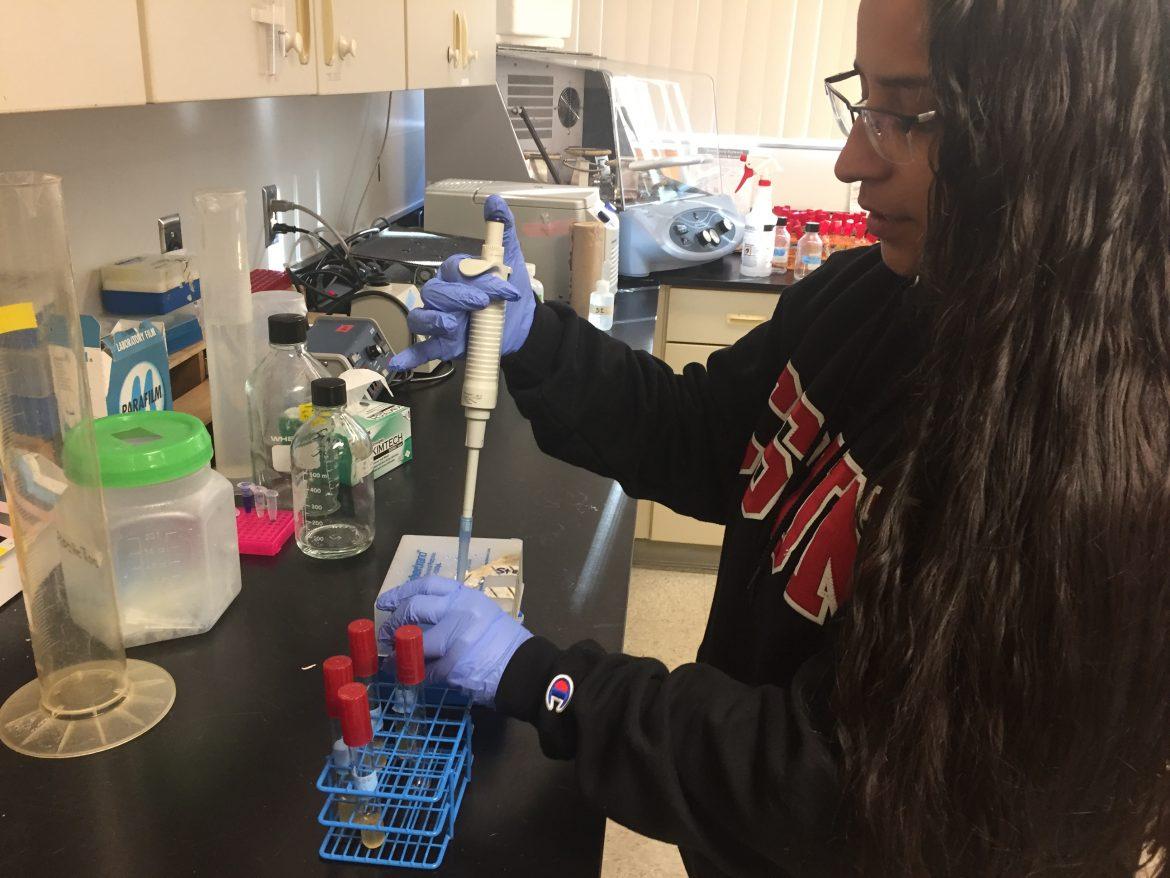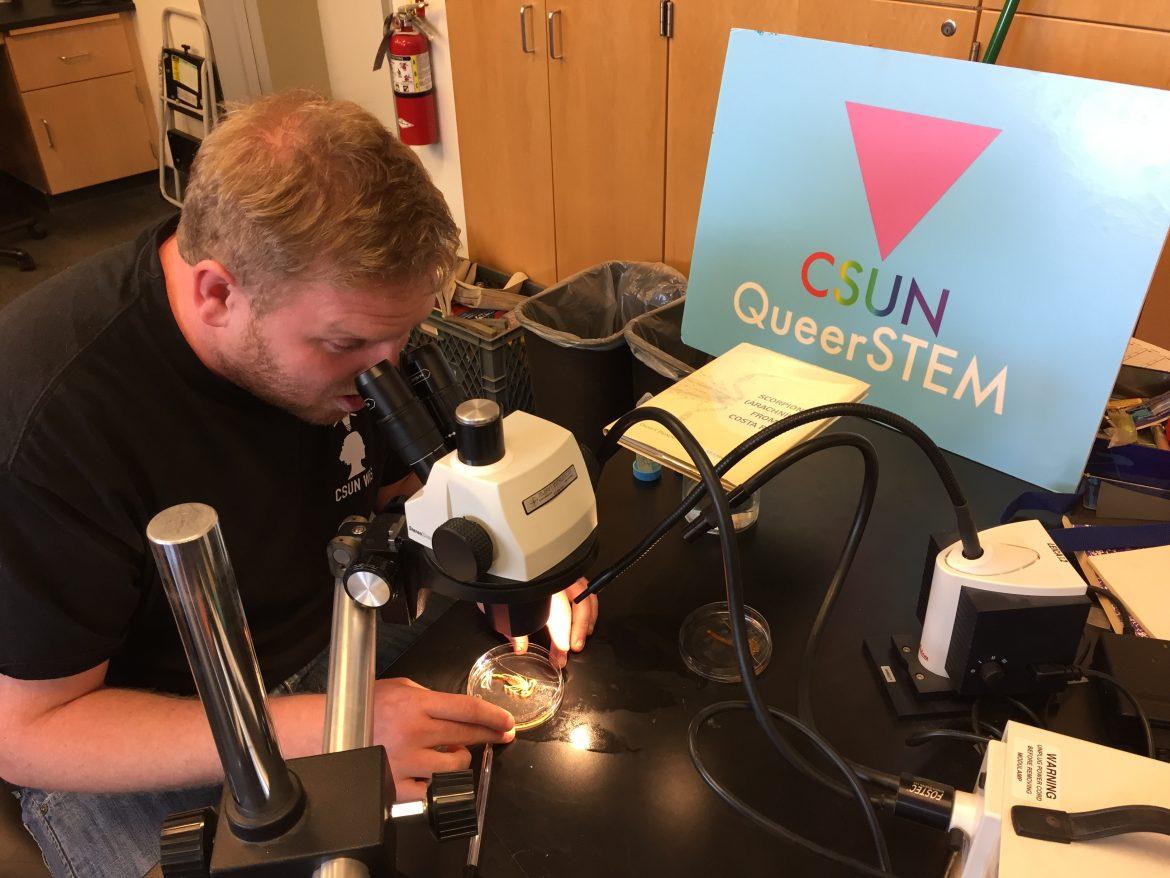The science, technology, engineering and mathematics (STEM) community has historically been male-dominated. There pertains a lack of minorities in the STEM field in terms of sexuality, gender and race.
Richard Rachman, Biology major with an emphasis in ecology and evolution, formed QueerSTEM when he saw clubs like Women in Science and wanted the queer equivalent.
Rachman, who studies dendrochronology, says that it is hard to bring conversation from the LGBTQ+ community into the science community and vice versa. Rachman calls these “dead conversations.” When he refers to his partner in a science space, fewer people will engage or continue the conversation.
Rachman also said that for ecology conventions there is a push for “macho outdoorsy white guys,” but not every ecology student fits this mold. He finds that there is a specific standard the students in the STEM community must hold themselves too.
QueerSTEM was started to challenge the heteronormativity that is weaved into the STEM fields. The club aspires to bring the conversations of the LGBTQ+ and the STEM community into one dialogue.
“Typically, when anyone thinks of a scientist they think of an old, white, straight guy and that’s just the unfortunate fact,” Rachman said. “We’re trying to change that or at least get the dialogue going.”
The club was organized in February 2017 with the hopes of creating proper representation of the LGBTQ+ community and give people in STEM majors a place where they can relate to one another no matter how they identify.
“Our mission is to create a community of discussion and issues that LGBT scientists face within their field as well as LGBT issues from a scientific lens,” said Rachman.
QueerSTEM encompass’s all STEM majors, including psychology and sociology, but the club isn’t exclusive to STEM majors and people in the LGBTQ+ community. Betty Olazabal, the treasurer of QueerSTEM, stresses this idea. She encourages anyone to stop by the meetings, including people who are only interested in the discussions.
Olazabal studies Biology, a field that will pave her pathway to becoming a physician’s assistant. Born in Peru, Olazabal always attended schools that had a math and science emphasis.

Although being in the STEM community throughout her educational career, Olazabal admits that being a Latin woman in the community there is still moments of undermining and judgement. She also relates her physical appearance to how people in the STEM community might perceive her.
“I don’t want to dress [girly],” Olazabal said. “I’ve even thought about it, like when you go to interviews do I really have to dress girly? That’s not me but will they judge me a certain way because I’m not dressed girly?”
She admits that this is a thought that goes through her mind a lot. However, she doesn’t use this judgment as a form of discouragement on the contrary she uses it as fuel to prove people wrong. She chooses not to emphasize her sexuality in the STEM community, but she is very proud of her identity.
“I wouldn’t say that I’m like, ‘Hey I’m a science major and I’m gay’ it’s more like ‘I’m me and this is it,'” Olazabal said.
Olazabal and Rachman believe that an idea can’t move forward when you have the same opinion, diversity is the opportunity for different perspectives in science.
The club is currently working on themes of the month in which an article is sent out to club members, so they can bring their opinions to start discussions. This month, the club is focusing on the intersectionality of black and gay male athletes.
“If anybody else comes in and wants to learn and wants to hear out or wants to come to one meeting just to see what’s going on come along by it’s not anything bad,” Olazabal said. “Any major, any sexuality, any race, anything you can come by.”





